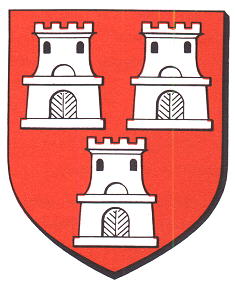Rothau: Difference between revisions
Knorrepoes (talk | contribs) m (Text replace - "|width="15%"|50 px|right |}" to "|width="15%"|50 px|right |}<seo title="Armorial de France, Armoires, Blason" />") |
Knorrepoes (talk | contribs) m (Text replace - "Armorial de France, Armoires, Blason" to "Armorial de France, Armoiries, Blason, Héraldique, Armes") |
||
| Line 3: | Line 3: | ||
|width="70%" align="center" |'''Heraldry of the World<br/>Civic heraldry of [[France]] - [[Armorial de France]]''' | |width="70%" align="center" |'''Heraldry of the World<br/>Civic heraldry of [[France]] - [[Armorial de France]]''' | ||
|width="15%"|[[File:France.jpg|50 px|right]] | |width="15%"|[[File:France.jpg|50 px|right]] | ||
|}<seo title="Armorial de France, | |}<seo title="Armorial de France, Armoiries, Blason, Héraldique, Armes" /> | ||
'''ROTHAU''' | '''ROTHAU''' | ||
Revision as of 19:23, 12 September 2013
| Heraldry of the World Civic heraldry of France - Armorial de France |
ROTHAU
Département : Bas-Rhin
Origin/meaning
The name of the place is from the old German Rot (Red) Aue (Field), supposedly derived from a very gory battle that took place there. This explains the red field on the arms.
There are two explanations for the three towers, which in both cases are not towers. One explanation mentions that the towers are derived from the arms of the Ban-de-la-Roche Estate, which showed three check rooks. The village belonged historically to the estate.
The other explanation mentions that they were historically beehives as the place has been known for producing superior fir tree honey for a long time.
Literature : Les armoiries des communes du Bas-Rhin. Tome V : Communes du département (Neuwiller-lès-Saverne à Sarrewerden). 1961; second explanation from Francois Bolle, Australia

